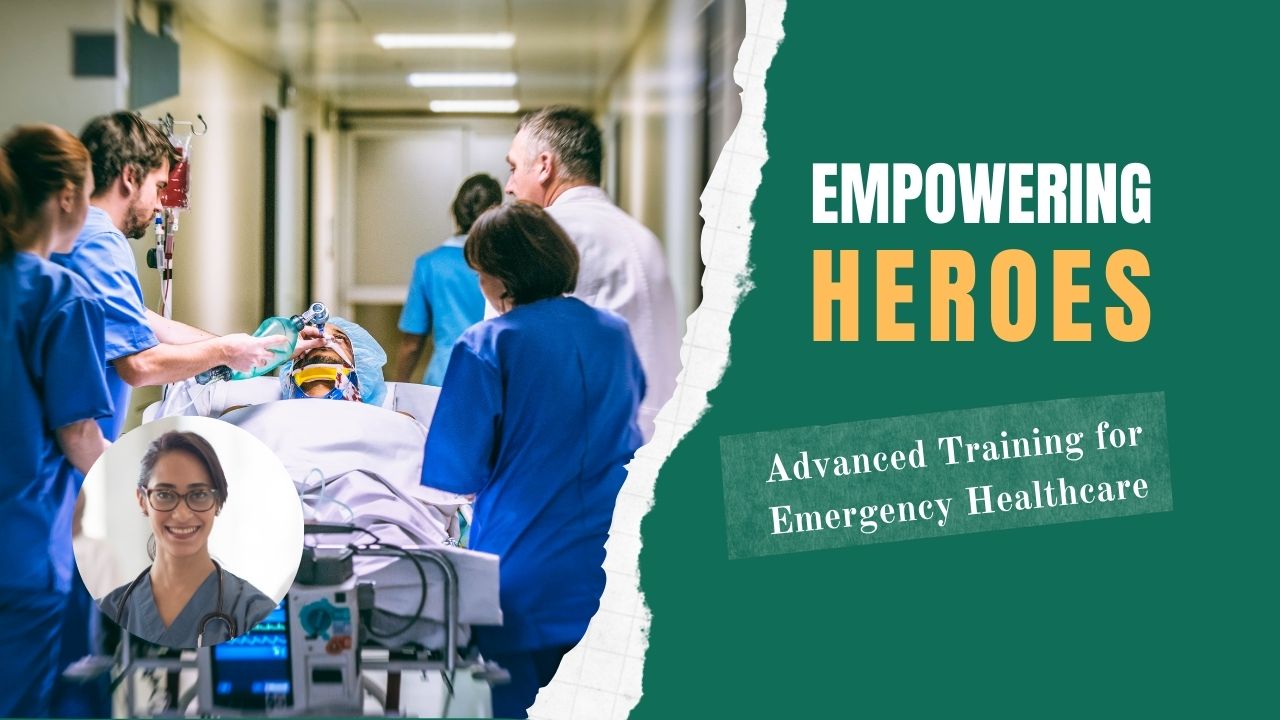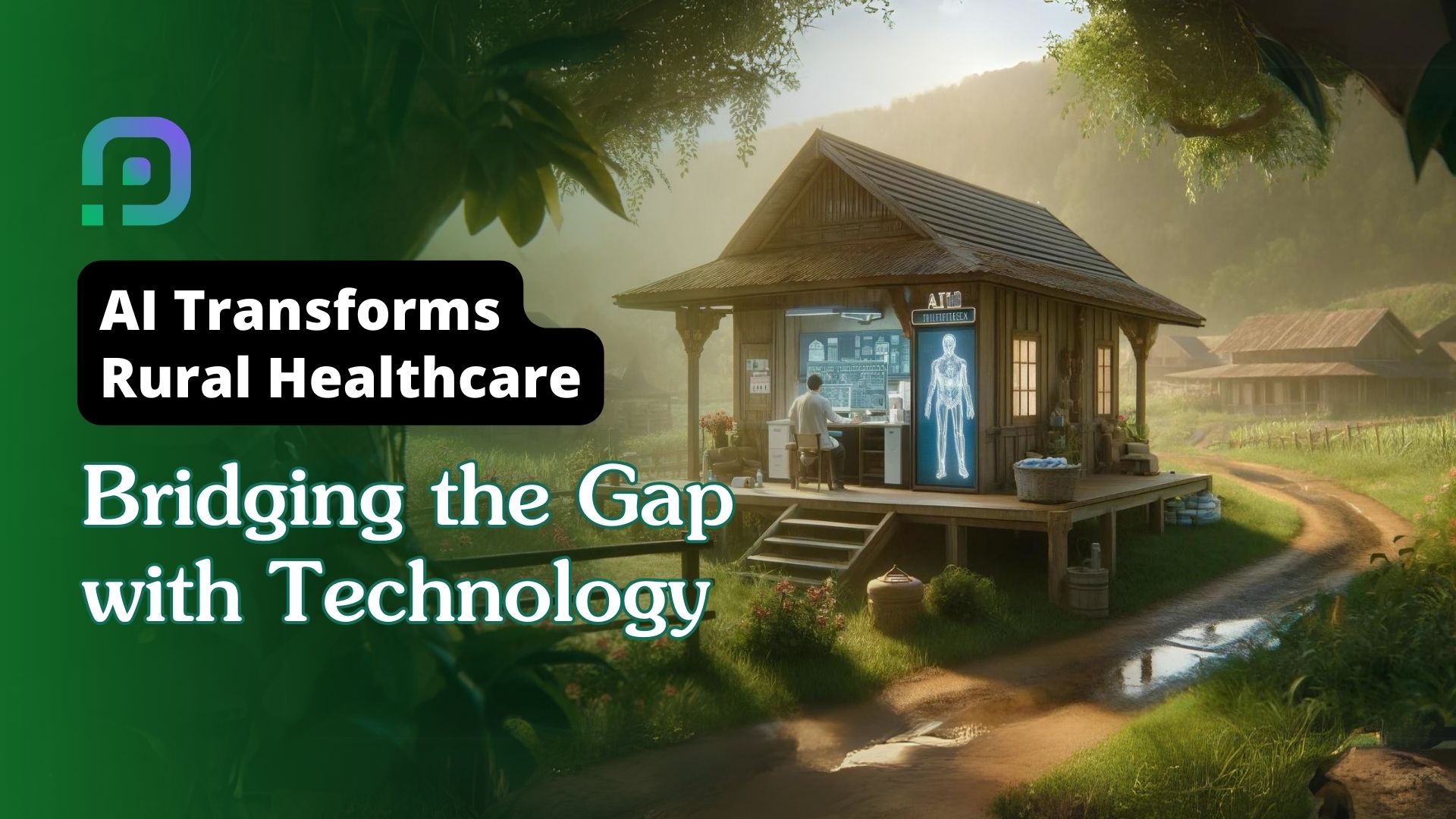Published - Sat, 30 Jul 2022

PELVIC PAIN AND ITS CLINICAL FEATURES
There are many reasons for a female patient to have pelvic pain. There are primarily two categories of pelvic discomfort.
1. Visceral pain
—Results from stimulation of the nerves innervating the splanchnic organs.
—The Character of pain: Pain is vague, dull, and poorly localized.
2. Somatic pain
—Results from stimulation of the peripheral somatic nerves. The pain is dermatomal or localized.
—The character of Pain: Sharp pain typically affects the epidermis, a muscle, or the parietal peritoneum.
CLINICAL FEATURES: When attempting to determine the source of the pain, it can be useful to be aware of the four different patterns of pelvic discomfort.
1. Mild visceral pain results from visceral inflammation due to infection or distention. Causes include the following:
a) Pelvic inflammatory disease (PID) is characterized by vague lower abdominal pain and diffuses cervical, uterine, and adnexal tenderness.
b) Early appendicitis is characterized by diffuse abdominal pain, primarily epigastric or periumbilical, with right lower quadrant tenderness on direct palpation. Symptoms include fever, nausea, and anorexia, usually evolving over 24 to 48 hours.
c) Vaginitis or cervicitis can cause diffuse, lower abdominal pain focused around the suprapubic region. Tenderness is appreciated on vaginal and cervical examination with no adnexal findings. Other symptoms include vaginal discharge, dyspareunia, and dysuria.
d) Urinary tract infection is characterized by suprapubic fullness and crampy pain, possibly referred to the flanks. Patients may describe dysuria or hematuria associated with painful, burning urethral irritation.
e) Ovarian cyst symptoms usually occur around midcycle or during the postovulatory phase. Fluid engorgement and distention cause dull, constant, achy pain in the lower abdominal adnexal region. Adnexal tenderness may be noted around the affected ovary.
f) Early ectopic pregnancy: Distention at the site of implantation, nebulous lower abdomen pain, and/or adnexal tenderness are symptoms brought on by the expanding trophoblast. Vaginal bleeding and a positive pregnancy test are further results.
g) Menstrual cramps are vague, cramping, sometimes sharp pains, lasting several days before to several days after the cycle begins. This is a diagnosis of exclusion.
h) Uterine fibroids are associated with pubic pressure, pain, dysmenorrhea, or menorrhagia. Uterine tenderness may be noted, and fibroids may be palpable.
i) Endometriosis: Ectopic endometrial tissue growth can result in a dull, ongoing pain that gets worse at the end of the menstrual cycle as a result of hormonal changes and tissue breakdown. As the lesions "slough," creating local inflammation, pain may become more intense during menstruation. Without cervical motion tenderness, the exam may detect adnexal or cul-de-sac tenderness. In the emergency room (ED), endometriosis is a diagnosis of exclusion that is often made only after laparoscopic surgery.
j) Dysmenorrhea is cyclic, painful menstruation thought to be mediated by prostaglandins. The patient may describe a dull, progressive pelvic ache that radiates to her back or thighs.
2. Severe visceral pain is an intense, restless pain often associated with nausea and vomiting. Underlying causes include severe infection, inflammation, obstruction, and visceral ischemia.
a) Ovarian torsion is characterized by sudden, severe pain that is out of proportion to the concomitant adnexal tenderness. Symptoms usually occur around midcycle and can also occur in pregnant patients. The patient may have a history of ovarian cysts.
b) Nephrolithiasis is characterized by colicky, intermittent, restless pain that usually begins in the flank but may progress or radiate to the lower quadrant, suprapubic, and groin regions. Associated nausea, vomiting, and hematuria are possible. The examination may reveal flank and/or lower quadrant tenderness without peritoneal signs.
c) Bowel obstruction is associated with diffuse, crampy pain, bloating, nausea, and vomiting. An examination may reveal a distended abdomen, decreased or high-pitched bowel sounds, and diffuse tenderness without peritoneal signs. Inability to pass stool or flatus should alert the physician to this diagnosis. Previous abdominal surgery, hernia, or cancer are risk factors.
3. Visceral pain progressing to somatic pain: Progressive irritation of the nearby peritoneum results from organ inflammation. Localized, somatic pain may be caused by an irritated parietal peritoneum.
a)Appendicitis: Parietal peritoneal inflammation may be brought on by the rupture or progression of appendiceal inflammation. The patient reports generalized, crampy pain that gradually narrows in on the right lower quadrant. There is a sharper, more powerful, and more concentrated tenderness there. While appendicitis still occurs during pregnancy, the position of the pain and tenderness may change as a result of uterine displacement.
b) Complicated PID: Local peritonitis can result from salpingeal infection spreading to the parietal peritoneum. As a result of diaphragmatic irritation, gonococcal or chlamydial seeding of the Glisson capsule (in the liver) can cause significant right upper quadrant discomfort and tenderness as well as right pleuritic chest pain (Fitz-Hugh-Curtis syndrome).
c) Advanced ectopic pregnancy: Hemorrhage can happen as trophoblastic tissue erodes the implantation site, leading to diffuse peritonitis, shock, progressive adnexal and cul-de-sac soreness, abdominal distention, and local peritoneal pain.
4. Sudden somatic pain: Diffuse peritonitis can develop from parietal peritoneal inflammation brought on by blood, cystic fluid, pus, urine, or faeces. This inflammation can cause excruciating local abdominal discomfort.
a) Ruptured ectopic pregnancy: Small quantities of bleeding can cause localised, abrupt, intense stomach discomfort and tenderness. The peritoneum becomes diffusely implicated as the bleeding progresses, leading to substantial peritoneal abnormalities during an examination.
b) Ruptured ovarian cyst: Cyst rupture causes fluid or blood to leak onto the parietal peritoneum next to it, resulting in abrupt, severe, unilateral, and potentially diffuse adnexal discomfort and tenderness.
— Follicular cysts rupture midcycle; rupture is associated with ovulatory pain (mittelschmerz).
— Luteal cysts rupture late in the menstrual cycle and may be associated with significant hemorrhage and shock.
Created by
Rigomo Team
Rigomo is a leading online education platform that offers a wide range of courses to help individuals enhance their skills and achieve their career goals. With our user-friendly interface and expert instructors, we strive to provide high-quality education to everyone, anytime and anywhere. Join us today and take the first step towards a brighter future.
Rigomo is an e-learning platform that was founded in 2019 by a team of dedicated professionals with a passion for revolutionizing the way people learn. The platform offers a range of online courses that cover various industries, including business, technology, healthcare, and more.
Rigomo's courses are designed to be interactive and engaging, with a focus on practical skills that learners can apply in their careers. The platform uses a combination of video lectures, quizzes, and hands-on projects to help learners master the subject matter.
Rigomo is committed to providing affordable and accessible education to people around the world. The platform offers a range of pricing options, including monthly and annual subscriptions, as well as pay-as-you-go options for individual courses.
Since its launch, Rigomo has received numerous accolades for its innovative approach to e-learning. The platform has helped thousands of learners across the globe acquire new skills and advance their careers.
As Rigomo continues to grow, the team remains committed to providing high-quality education that is accessible to all. The platform is constantly updating its courses and features to ensure that learners have access to the latest tools and technologies.
Comments (0)
Search
Popular categories
Health and Wellness
231Skill Development
7Technology
5Community Impact
2Success story
2Creativity
1Latest blogs

DeepSchool: The Story of an Idea That Refused to Sit Still
Tue, 02 Dec 2025

Transforming Emergency Care: The Story Behind Rigomo's Revolutionary PPMMP Course
Sun, 12 May 2024

Empowering Rural Healthcare: How Pogiko's AI is Bridging the Gap in Medical Services
Thu, 25 Apr 2024

Write a public review